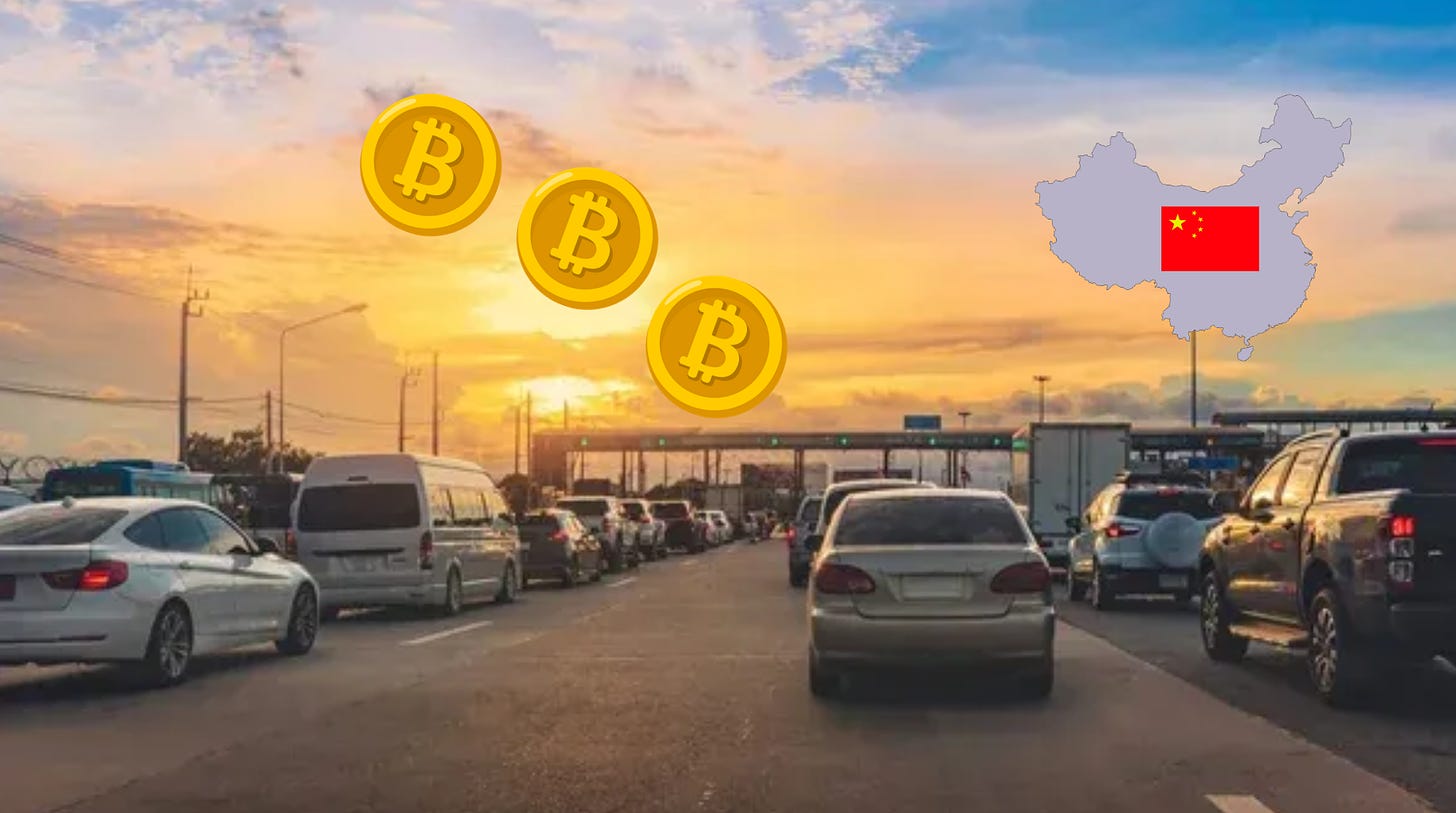BOOK REVIEW - Trauma to Triumph: Rising from the Ashes of the Asian Financial Crisis
Thought SVB Financial & Credit Suisse Were Tragic Banking Catastrophes? Take A Walk Down Memory Lane To The Asian Financial Crisis of 1997 [FREE DOWNLOAD]
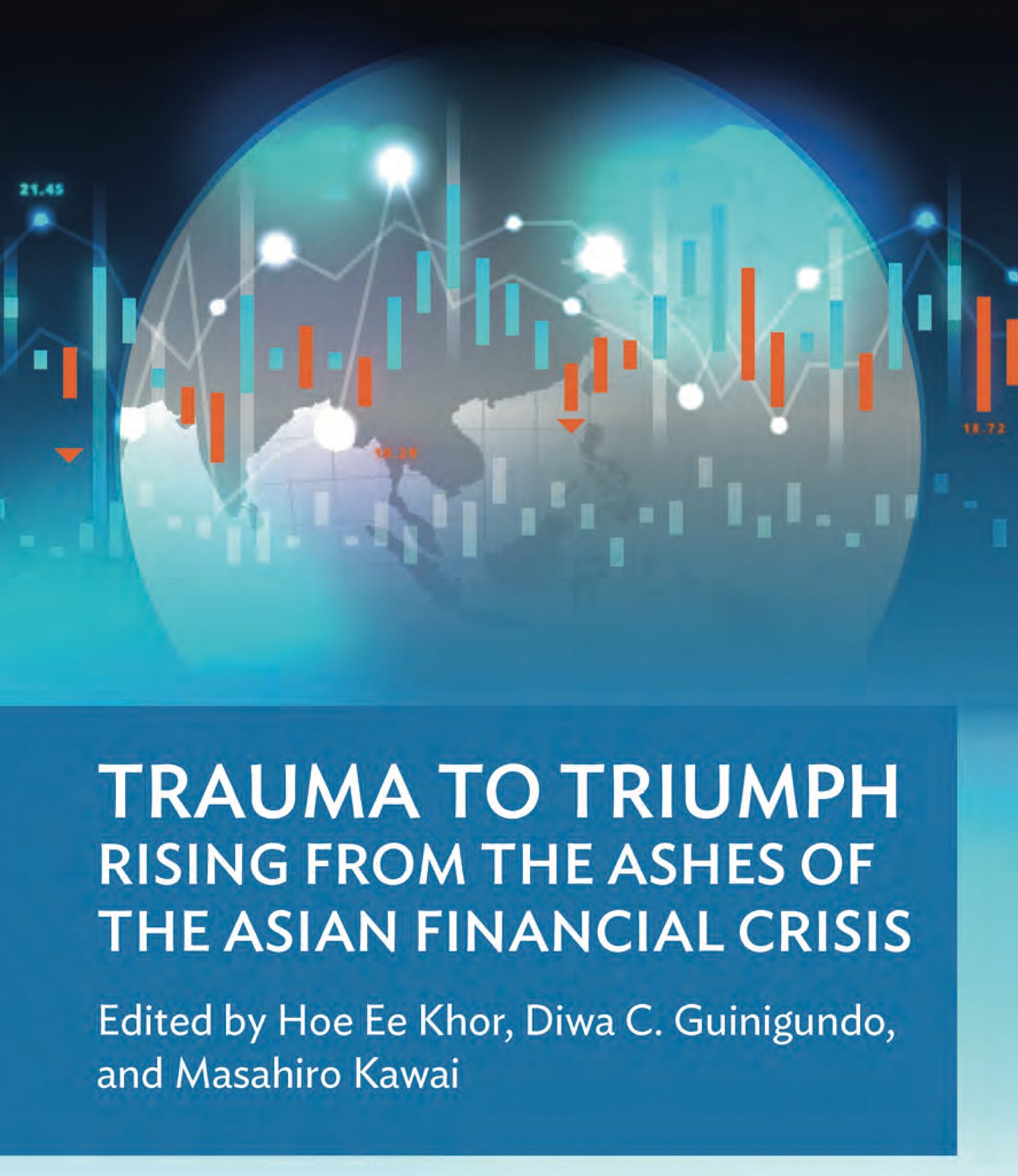
I recently came across a spellbinding book which covers the events of the Asian Financial Crisis and the policy responses to it in excruciating detail — aptly named Trauma to Triumph: Rising from the Ashes of the Asian Financial Crisis — which was written in collaboration with the ASEAN+3 Macroeconomic Research Office (AMRO). The book interviews some pretty A-list celebrities in the economic policymaking world — including outgoing BOJ governor Haruhiko Kuroda, current Malaysian BNM governor Nor Shamsiah, former Vice Minister of China’s Ministry of Finance Zhu Guangyao, and former IMF Director of the Asia Pacific Department Hubert Neiss.
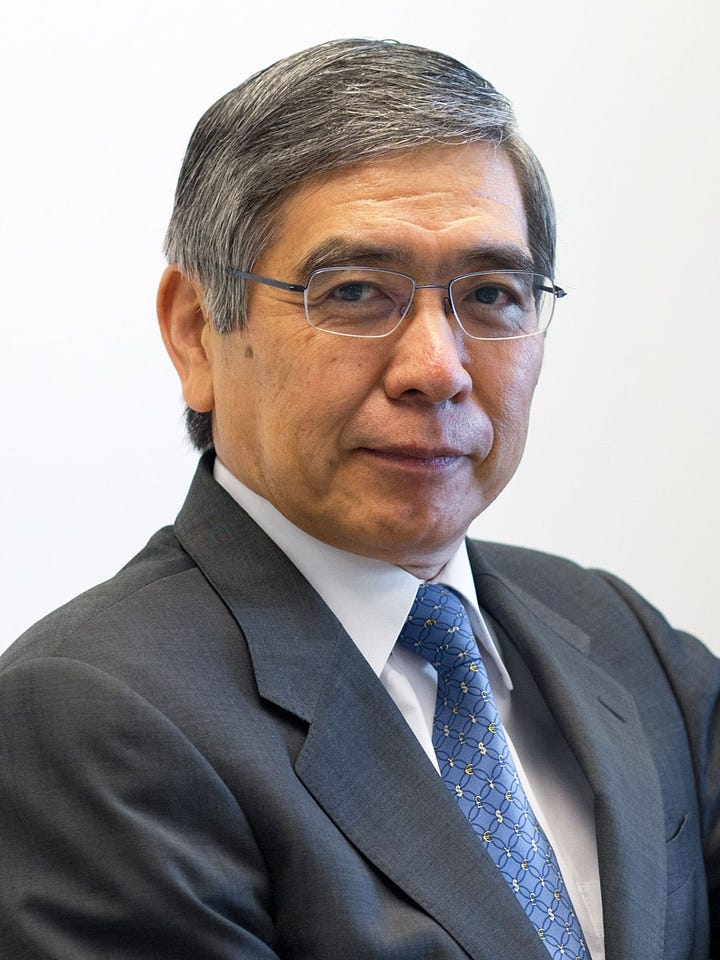
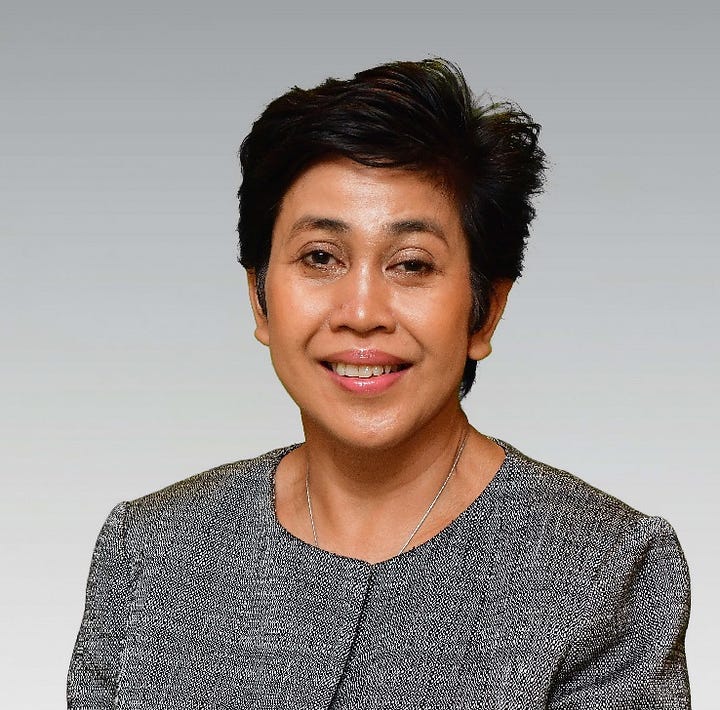
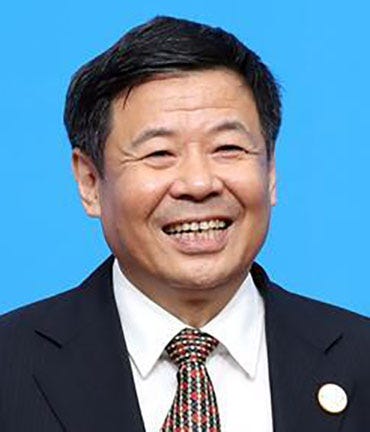

The book also sports some pretty heavy-hitters as contributors — including former deputy governor of Malaysia’s BNM Sukudhew Singh, former Thai Minister of Finance Chalongphob Sussangkarn, former deputy governor of the Filipino BSP Diwa C. Guinigundo; and of course the friend who recommended the book to me in the first place, Guanie Lim of the National Graduate Institute for Policy Studies Tokyo (GRIPS).
The Toll Bridge of China's International Blockchain Payments…. sporting LT Earnings CAGR of 20% at 19x PE? Click the link below to find out more!
“History Never Repeats Itself… But It Often Rhymes” — Mark Twain
Flipping through this book was a particularly timely exercise, as the recent banking sector events of SVB Financial and Credit Suisse invoked plenty of nostalgia behind what Asian Banks had to go through during the Asian Financial Crisis. The 1997/1998 Asian Financial Crisis (AFC) could be considered one of the most devastating events in contemporary economic history — arguably the first global emerging market crisis as it spread across the world, and matching the US subprime mortgage crisis of 2008 in narrative intensity. Although more than a quarter of a century has passed since this watershed event, it remains one of the most talked about topics amongst financiers, businessmen, policymakers, and academicians.
This book not only builds on these works, but also offers never-before-revealed accounts of key players who were intimately involved in the 1997/1998 AFC. The core message of the book is that, despite the harrowing encounter, the Asian economies have adopted key domestic structural reforms and embraced regional financial cooperative mechanisms, which would tide the region over in subsequent shocks — especially the 2007/2008 Global Financial Crisis (GFC), which many Asian economies weathered to with nary a bump in the ride.
As alluded to above, Trauma to Triumph: Rising from the Ashes of the Asian Financial Crisis was written (mostly) by the who's-who of the Asian policymaking community — and is organized into 5 parts spanning 30 chapters:
‘Part I: Introduction and Overview’ — this part contextualizes and presents a preview of the main points of the succeeding chapters.
‘Part II: What Happened During the Asian Financial Crisis and the Global Financial Crisis’ — this part draws on the recollections of policymakers & analysts during the AFC as the basis for country-level narratives on the causes and developments of the crisis, and measures that led to recovery.
‘Part III: The Asian Financial Crisis and Global Financial Crisis: Experiences from the ASEAN+3 Economies’ — this part offers a deeper examination of country experiences during both crises.
‘Part IV: Assessments of the Crises and the Development of Regional Financial Cooperation in Asia’ — this part takes off from a more regional perspective on the AFC and GFC, and sheds light on how such crises necessitated the birth and subsequent evolution of key regional financial cooperative mechanisms.
‘Part V: Conclusion and Challenges Ahead’ — this part reiterates the AFC’s profound impact on the region’s growth trajectory and landscape of integration. In addition to reflecting on the hitherto achievements, it also discusses some remaining challenges.
My personal favorite was Part II, which was written by two economic historians. Reading this recalled a very human side to the collection & presentation of the first-hand accounts from those helming their respective economies during the AFC — especially those most affected by it. Ample perspective was also provided by representatives from the International Monetary Fund (IMF) and the World Bank — both of whom were directly involved in the relevant policy discussions. In addition, three prominent players from the private sector were interviewed to provide perspectives from industry. Some of the findings were unsurprising — they included (but were not limited to) the relatively sound fundamentals of the various Asian economies, the ‘double mismatches’ in currency and maturity, and the shocks that rapid inflow and outflow of capital could cause.
However, what really stood out amidst the final findings wasn’t the economic factors involved but rather the geopolitical considerations — both within the affected economies as well as across the international financial system. For the former, it’s worth remembering that the 1990s saw the end of the Cold War and gradual democratization of former illiberal administrations. These events meant that US policymakers were more willing to do away with arrangements that had until then propped up ‘our boys in Asia’ — such a stance was illustrated clearly in Indonesia (see Chapter 4). While policy inconsistency on the part of the Indonesian elites complicated matters, it was also obvious that covert and overt support for the long-ruling Suharto (1965-1998) was gradually withdrawn. If anything, the death knell of his administration was sounded on 15 January 1998 when President Suharto signed the second letter of intent (LOI) with IMF Managing Director Michel Camdessus as witness. The enduring image of this event was that of a seemingly imperious arm-crossed Camdessus peering at an enfeebled Suharto who had lost control of events. Southeast Asian history enthusiasts would no doubt find it jarring that Suharto was widely seen as one of the US’ strongest allies in the Global South not too long ago — particularly in stemming Communism.
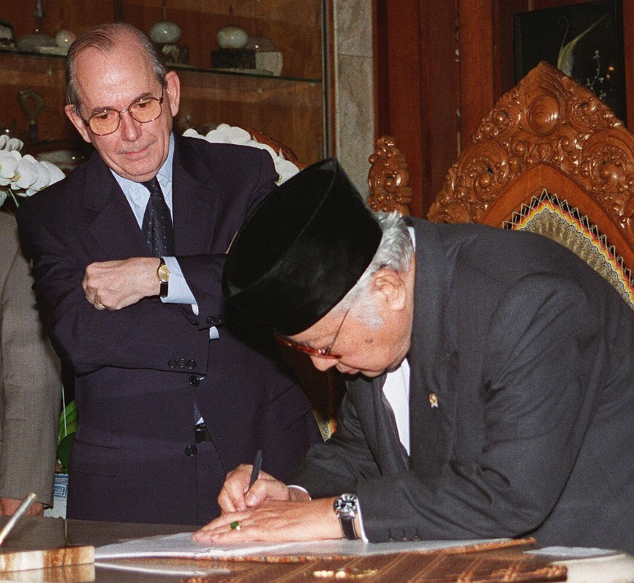
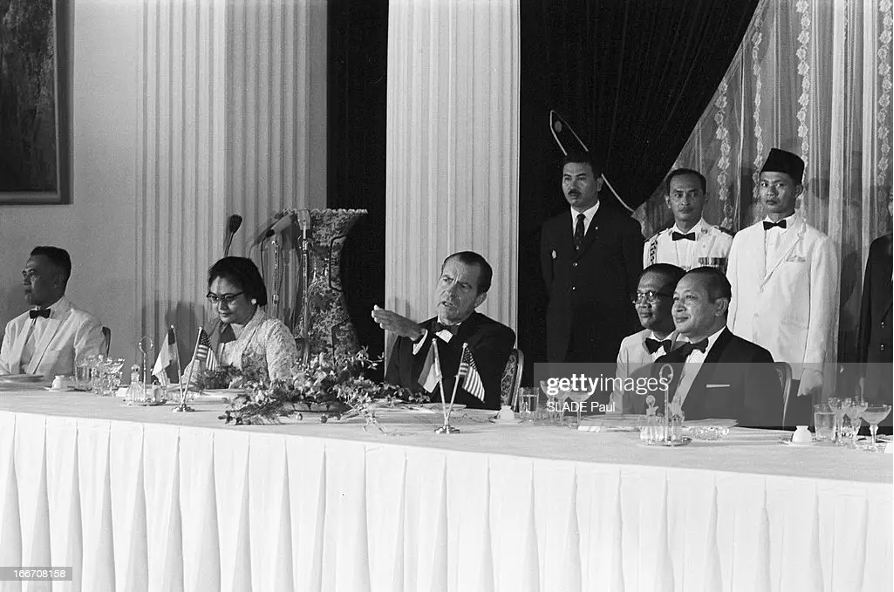
Inter-country tussles to wrest control of the international financial architecture were also on display. There was the longstanding jostling between the US and Japan to shape financial affairs, which saw the Japanese proposing and canvassing support for an Asian Monetary Fund (AMF). The rebuke from the US Treasury and the IMF was just as swift, as recalled by Eisuke Sakakibara, then Japan’s Vice Minister of Finance and International Affairs, and some of his colleagues (Chapter 10). A rather surprising twist, hidden well behind the Japan-US competition, was the stance of the Chinese financial authorities. Contrary to popular opinion, they neither expressed strong support nor clear objection when the AMF was mooted. In their defense, the proposal did not enjoy consensus, and with the US Treasury and IMF as its most vocal opponents, it would not have been easy to push the AMF through. It was also extremely difficult to cobble together a regional self-help fund that was supposedly ‘an Asian version of the IMF’ with the meltdown seemingly getting worse by the day.
However, eagle-eyed observers would likely want more information on the little-known meeting between Larry Summers and Zhu Rongji in the relatively remote city of Lanzhou — then respectively US Treasury Secretary and Chinese Premier (see Chapter 11). This moment arguably shaped how the AFC panned out, and how the entire region was further integrated into global production networks in the ensuing century. For one, Summers backed China’s decision to not devalue the Chinese Yuan. While the decision did instill investor confidence — not least because it arrested potential beggar-thy-neighbor effects — what was mentioned only sparingly was the other high-level negotiation regarding China’s potential membership at the World Trade Organization (WTO). China’s eventual WTO membership in December 2001 also had a much bigger imprint on the region. Amongst other things, the rather comfortable position that the Southeast Asian (paper?) tiger economies had enjoyed was eroded because transnational corporations could now conduct business more easily in China. It also allowed Chinese enterprises to absorb more know-how from international investors within China and beyond — thereby fueling their growth and expanding their market share — and to a large extent, this event planted the seeds for the China-US trade tension of the current era. Why was such a scenario not raised or discussed by the US side then? Or, more likely, what made the US officials overlook it?
There is admittedly somewhat of an element of survivorship bias in the aforementioned accounts within the book. As is well-known, some of Asia’s elites saw their careers curtailed during the 1997/1998 AFC — and since history is written by the victors, it would’ve been even more enriching to obtain insights from those who were ‘purged’, in addition to interviewing those who had ‘survived’. However, doing so would almost be akin to reopening old wounds — and it is understandable why the book did not take that route.
Notwithstanding these minor grouses, the overall prognosis is that the book offers substantial coverage of what is in fact a very complex phenomenon. Totaling close to 900 pages, it serves as useful reference material for both general and specialist readers interested in the dynamics of Asian development. Its breadth and depth push the knowledge boundary — not least the pre-existing literature on monetary & financial economies, as well as economic history. Casual readers will also likely find joy in that each chapter can be used as a largely self-contained reference for a particular subject matter.
P.S.: The book is freely downloadable from this AMRO website: https://www.amro-asia.org/trauma-to-triumph-rising-from-the-ashes-of-the-asian-financial-crisis/
If you enjoyed this article, please give us a like below! Every little bit helps!
The Value Investing Substack Portfolio Outperformed The S&P500 By Over +16.6% In 2022! Click the link below to find out more!






